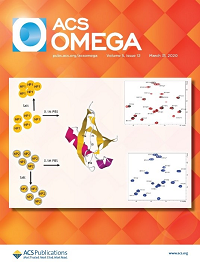Research Focus On Dr. Derrick Swinton
Interim Dean of the School of Natural Sciences and Mathematics and Professor Professor of Chemistry
Claflin University
Gold Nanoparticles-Protein Interaction
Dr. Derrick Swinton is the Interim Dean of the School of Natural Sciences and Mathematics and Professor of Chemistry at Claflin University. He is also a member of the MADE in SC Senior Leadership Team. The Swinton group at Claflin University uses spectroscopic techniques to understand the adsorption of biomolecules at chemical interfaces, particularly, nanoparticle-protein interactions to assist in the design technologies that can be used in clinical settings. Swinton also uses computational modelling to understand nanoparticle-protein interactions.
Gold nanoparticles are utilized in a variety of sensing and detection technologies because of their unique physiochemical properties. The merits of gold nanoparticles (AuNPs) make them a preferred choice in theranostic applications as they have a higher physiochemical stability, are less toxic, and have stronger laser-induced heating (enabling greater thermal expansion into a physiological environment), and their LSPR can be extended further into the visible and near IR regions through manipulation of their size and shape. Encapsulation silica improves their stability in physiological environments Silica is unique in that it offers a stable and inert mesoporous scaffold, is optically transparent on the submicrometer scale, and can be chemically modified with a variety of molecules. The mesoporous structure of silica can also encapsulate dyes, drugs, and other nanoparticles substantiating their application in theranostic applications.
Despite advances in the synthesis and assembly of these engineered hybrid nanoparticles, only a few NPs have been approved by the FDA for use in clinical settings with only one being a SERS-based NP. Nanoparticles that have received FDA approval in clinical settings include liposome-encapsulated doxorubicin and protein-bound paclitaxel nanoparticles. Challenges in employing nanoparticles in theranostic applications include their ability to reach their intended target, penetration across cell and tissue barriers, and cellular uptake and intra-organ distribution. These challenges can be addressed by understanding nanoparticle–protein interactions, particularly as a biocorona forms on the surface of nanoparticles in vivo. The biocorona results from the adsorption of biological molecules, proteins, lipids, and sugars onto the surface of the nanoparticles as the nanoparticles are exposed to a dynamic and complex physiological environment. The adsorption of proteins on the surface of the nanoparticle influences protein conformational dynamics and their physiological function(s). Nanoparticle recognition, cellular uptake, and intracellular location are also influenced.
May 2020
